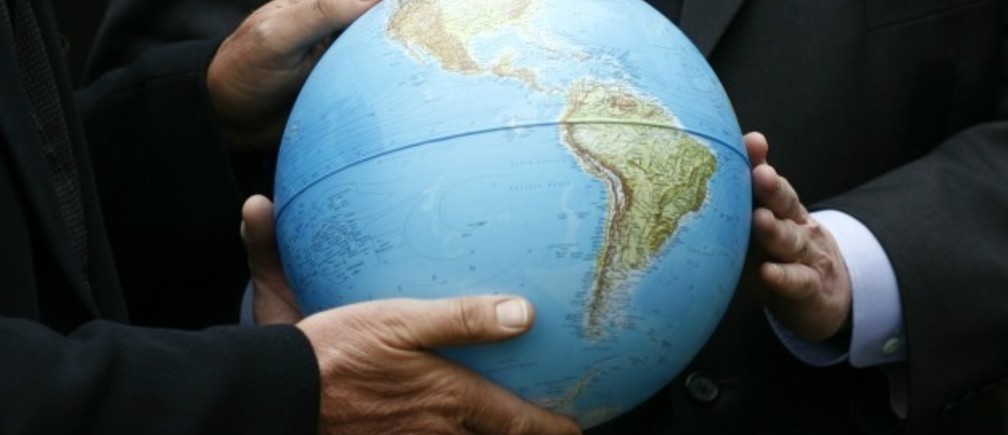How much would it cost to end hunger?


Get involved with our crowdsourced digital platform to deliver impact at scale
Stay up to date:
Infrastructure
Just $160 per year for each person living in extreme poverty would eradicate world hunger by 2030, the United Nations said on Friday, recommending the money should be delivered through both cash transfers and “pro-poor” investments.
Eliminating hunger is one of the U.N.’s sustainable development goals (SDGs), new objectives set to replace the eight expiring U.N. Millennium Development Goals (MDGs).
The SDGs will be finalised in September, but U.N. officials say member states have identified 17 goals and 169 targets. The second goal targets hunger, malnutrition and food insecurity.
“If we adopt a ‘business as usual’ approach, by 2030, we would still have more than 650 million people suffering from hunger,” said José Graziano da Silva, director general of the UN’s Food and Agriculture Organisation (FAO).
The new report, prepared by FAO, the World Food Programme (WFP) and the International Fund for Agriculture Development (IFAD), comes ahead of a major international conference on financing for development in Addis Ababa, Ethiopia next week.
The U.N. wants cash transfers to “eliminate hunger immediately” by bringing people up to the World Bank’s poverty line of $1.25 per day. It estimates this would cost $116 billion per year, $75 billion of which would go to rural areas.
To ensure the drop in hunger is sustainable, “pro-poor” investments of $151 billion per year are needed in areas such as irrigation, infrastructure and credit facilities on top of cash transfers, the U.N. said.
The total sum the U.N. says is needed each year is $267 billion. “Given that this is more or less equivalent to 0.3 percent of the global GDP, I personally think it is a relatively small price to pay to end hunger,” Graziano da Silva said in a statement.
Though much progress has been made in recent years, nearly 800 million people worldwide do not have enough to eat. Most live outside cities.
“We cannot allow them to be left behind,” said Ertharin Cousin, executive director of the World Food Programme.
This article is published in collaboration with Thomson Reuters Foundation trust.org. Publication does not imply endorsement of views by the World Economic Forum.
To keep up with the Agenda subscribe to our weekly newsletter.
Author: Joseph D’Urso is an online production and breaking news reporter at Thomson Reuters Foundation.
Image: Hands are seen holding a globe. REUTERS.
Don't miss any update on this topic
Create a free account and access your personalized content collection with our latest publications and analyses.
License and Republishing
World Economic Forum articles may be republished in accordance with the Creative Commons Attribution-NonCommercial-NoDerivatives 4.0 International Public License, and in accordance with our Terms of Use.
The views expressed in this article are those of the author alone and not the World Economic Forum.
The Agenda Weekly
A weekly update of the most important issues driving the global agenda
You can unsubscribe at any time using the link in our emails. For more details, review our privacy policy.
More on Industries in DepthSee all
Abhay Pareek and Drishti Kumar
April 23, 2024
Charlotte Edmond
April 11, 2024
Victoria Masterson
April 5, 2024
Douglas Broom
April 3, 2024
Naoko Tochibayashi and Naoko Kutty
March 28, 2024






